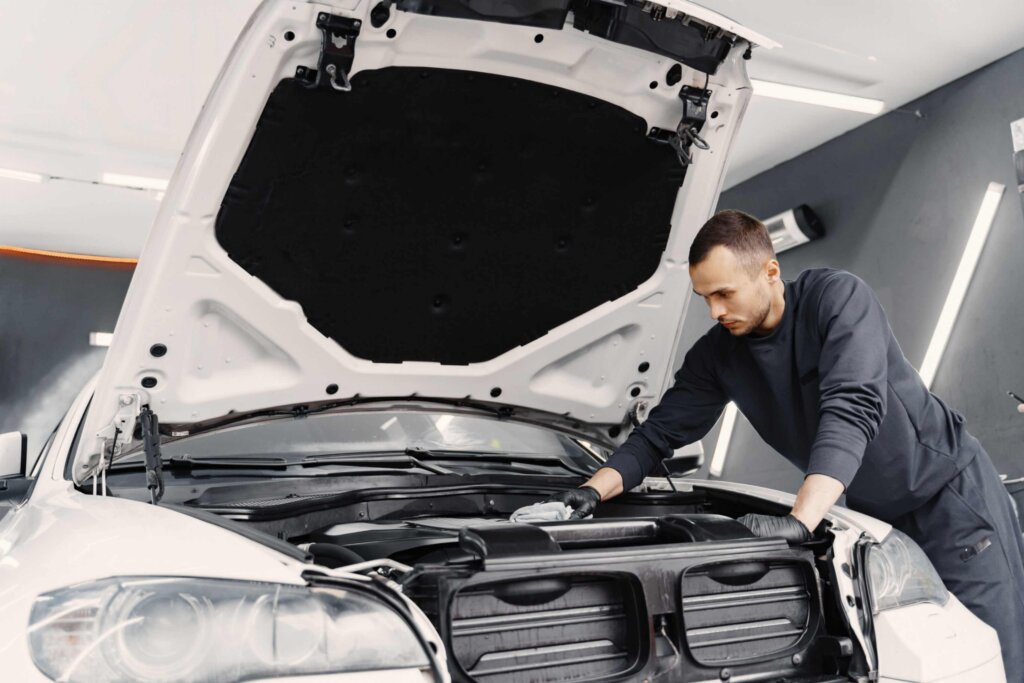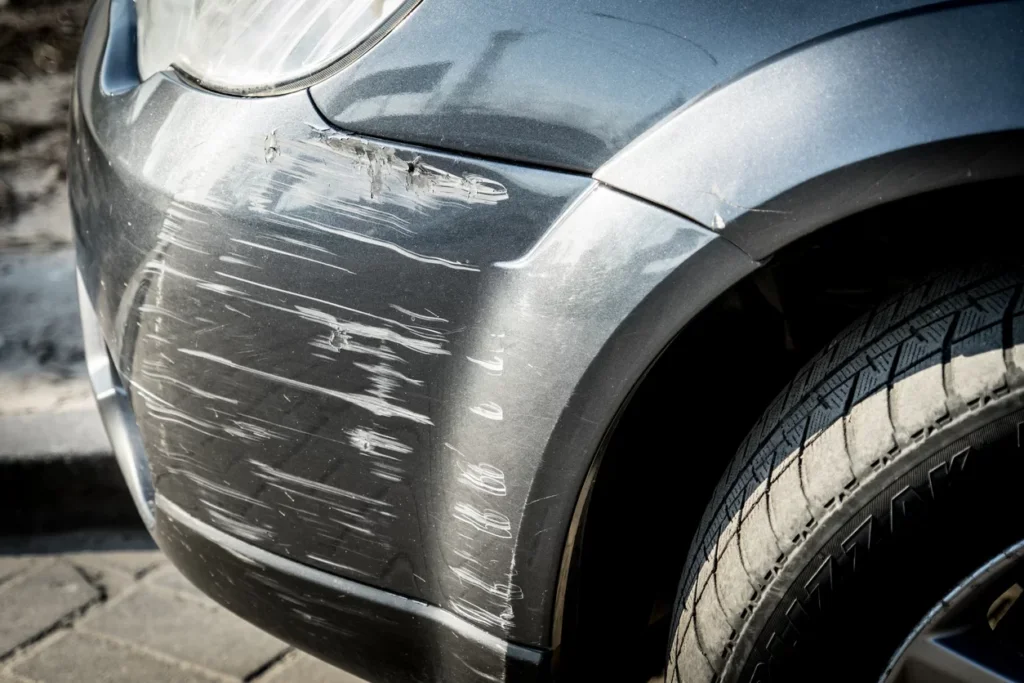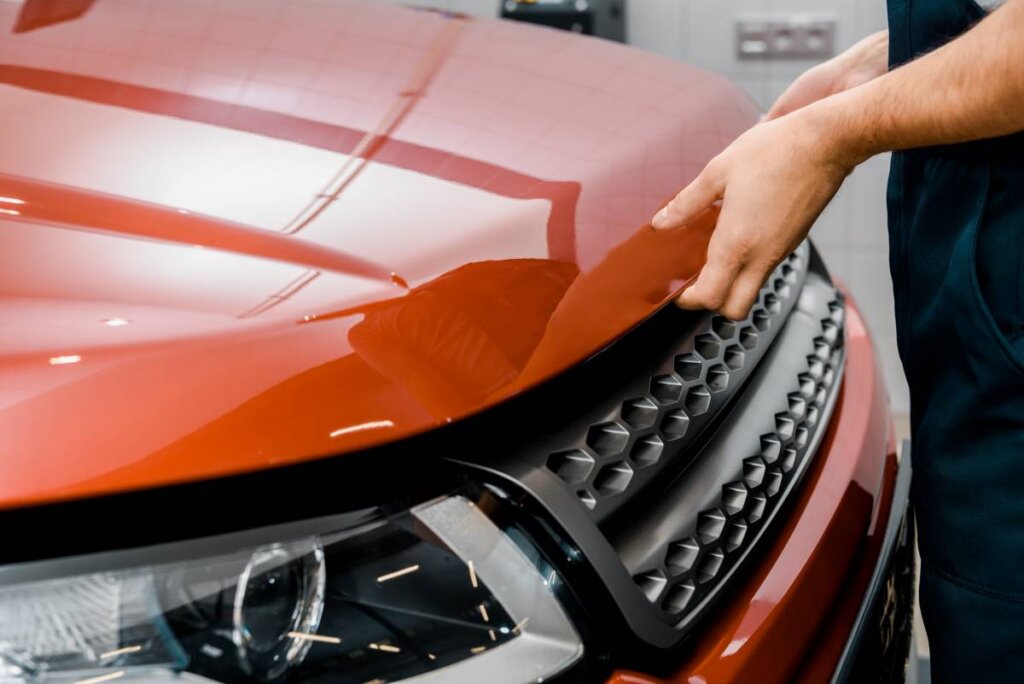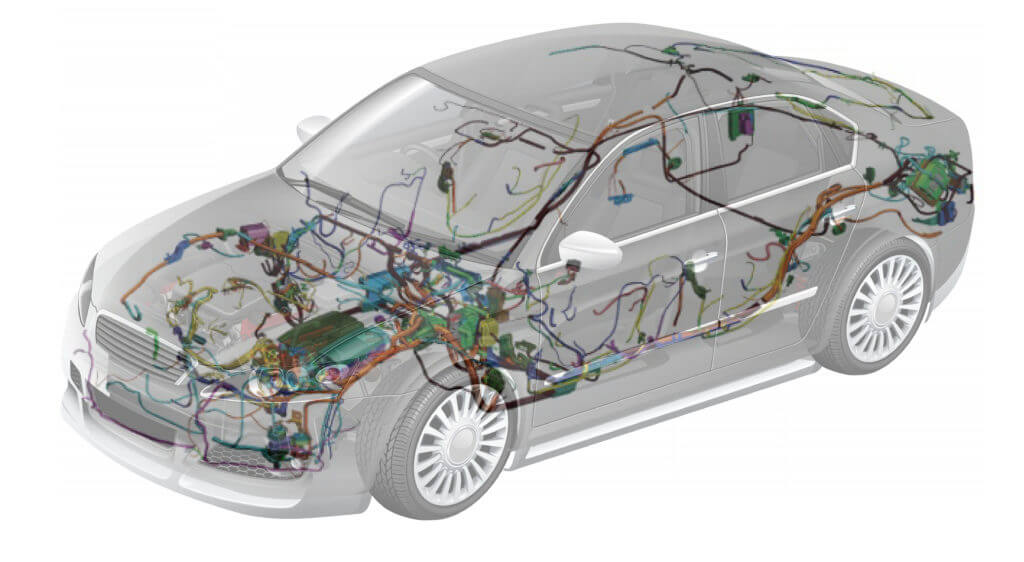Your muffler problems, like poor fuel economy and gradual acceleration, can lead to misfiring in your engine. Incorrect fuel/air mixtures within the combustor are typically to blame for this. Excessive exhaust noise is a symptom of a damaged muffler. An essential component of a silent car is the muffler. You’ll know if your muffler is damaged. You might be curious about the pricing before bringing your automobile in for repairs. How much does a muffler replacement cost?
Let’s dive into each and every detail of the muffler’s cost, replacement process, and how it works.
What is the Average Cost For Muffler Replacement?
Based on a variety of variables, the muffler replacement cost might range from $75 to $750. Between $150 and $250, materials and labor included is the normal price to install a mid-range new muffler on a conventional automobile.
Although general-purpose aftermarket mufflers seem to be inexpensive and range in price from $25 to $50, trying to install them can be challenging. To fit and work properly, they might need extra components or unique adjustments. Since they are made of subpar materials, they are unlikely to last very long.
A medium-quality, mid-range muffler that fits a typical mid-size automobile will cost between $50 and $125. A high-end, high-performance muffler or one needed for a luxury vehicle might cost between $300 and $500.
The debris that results from driving in locations with rain, ice, snow, road salts, and other adverse road conditions can harm other system components. Gaskets, hangers, and silencers will therefore need to be replaced in addition to the broken muffler. The total price for installing a new muffler could increase by $20 or more due to these components.
Repair costs will increase by $100 to $150 if the current muffler’s resonator or pipe cannot be salvaged and by $25 to $50 if the exhaust tip needs to be replaced.
A new muffler may be installed quickly. Most repair companies will charge at least an hour’s worth of labor, which typically costs between $80 and $100.
What is a Muffler?
The final component of the exhaust system before the exhaust gases leave the tailpipe is a muffler. Instead of the quiet rumble, you are used to. Your car will produce a loud growling noise without a muffler.
Different Types of Mufflers
● Chambered Muffler – The vibrations that enter a chambered muffler are redirected back onto one another, essentially canceling each other out. This is comparable to how noise-canceling earplugs operate, in case you weren’t aware. They emit a certain frequency to cancel out some sounds before they get to your ears.
● Turbo Muffler – A chambered muffler functions similarly to a turbo muffler but goes one step further. The gases do not pass through a chamber but rather a series of punctured tubes encircled by sound-absorbing materials.
● Straight-through Muffler – As the name suggests, this kind of muffler does not circulate the exhaust gas; rather, it allows it to pass straight through. A perforated pipe is located within and encased in steel wool and fiberglass insulation.
How does the muffler work?
Straight-through mufflers improve performance by lowering engine back pressure. This is because there are no obstructions to the free movement of the gases, which results in more horsepower and improved fuel efficiency.
Straight-through mufflers have the drawback of not reducing the noise as much as other varieties. Instead, they tweak it to create something more sophisticated. A catalytic converter is really necessary for newer vehicles and helps reduce emissions.
Now that you are more knowledgeable about mufflers and how they operate. Let’s examine some of the most typical signs that point to a problem with yours.
Some Foremost Symptoms Of A Faulty Muffler
Always pay attention to your car. If your car is producing loud noises, there might be a problem. The muffler on the rear of your automobile might be malfunctioning. When it refers to mufflers blowing out, there are a few straightforward symptoms that you should be on the lookout for.
Sensing A Vibration
If you feel a vibration while driving along your usual route, you can take your automobile to the shop to identify the fault. Your mechanic will also be able to pinpoint the source of the issue if you can explain the vibrations precisely. Frequently, the exhaust pipe could have a hole in it. These vibrations could also produce a rumbling sound. A blown-out muffler may be audible, and your automobile may shake or make a rumbling noise. As early as you become aware of a problem, you should have it rectified.
Reduced Fuel Efficiency
A damaged muffler may also cause a reduction in fuel mileage. If there is a muffler issue, your gas mileage will suffer since your motor will have to work harder, which takes up more fuel. Your vehicle could have an emission leak if you observe a decrease in fuel efficiency.
The rise in Emission Volume
If you hear any kind of low rumbling sounds, your muffler probably needs to be replaced. Usually, the noise will seem to be coming out from under your automobile, toward the back. An automobile shouldn’t normally produce that loud of a noise. If you hear sounds, pay close attention to your muffler. If you choose to disregard this maintenance, your vehicle or exhaust system may experience additional problems. Any problem that you delay could cost you extra money to fix later.
When Should You Replace the Muffler?
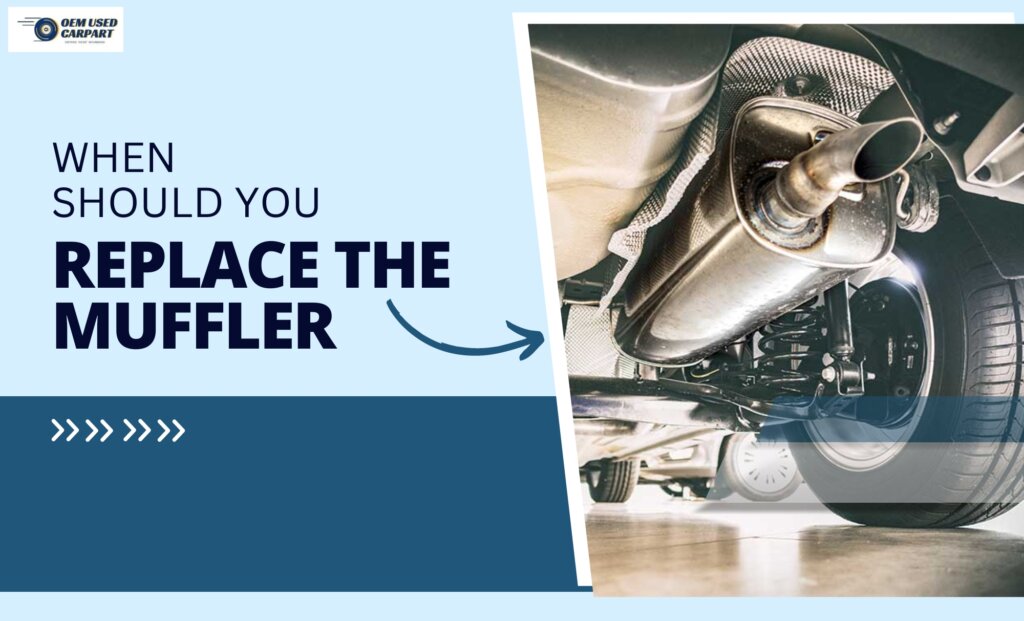
Always pay attention to whatever noises your car makes, and then figure out what’s causing them. The longer you take to understand, the more expensive it will become for me in the long run. When your muffler develops a hole, you should fix it right away to avoid more problems. As soon as you become aware of an issue with your muffler, always replace it.
A muffler hole may lead to numerous potentially risky conditions, including:
● Excessive interior noises make driving much less enjoyable
● Noise that is so loud that you may be fined in locations with regulations regulating vehicle noise levels
● Overheating could result in further engine damage and carbon monoxide leaks. This would be extremely dangerous because the gas, which has no flavor, color, or odor, might be fatal to anyone in the car.
Replacement Process of a Muffler
Follow these steps to replace a faulty muffler in your car.
● First, you want to park your vehicle on a level surface, so your measurements are all correct. Once you have moved your car to a level surface, replace the battery.
● The next step is to raise your car on jack stands so you can access it underneath more easily. Spray some fluid on the muffler clamps after the car has been raised off the ground.
● The clamps’ nuts can be removed by loosening them with a socket wrench. The tailpipe and the exhaust can then be separated by pushing them apart after you’ve completed this. Additionally, ensure sure the muffler hangers are taken from the elastic mounts.
● Install the new muffler over onto the exhaust after removing the old one to make sure it fits perfectly. Make sure to apply catalytic glue to the new pipes and hang the replacement muffler hooks into the rubber mounts.
In the end, a user should look into the local auto part shops or online websites for the best muffler replacement cost. So that he/she can save some of the bucks.
FAQs
Depending on the car, muffler repair costs can vary. Some automobiles have complex systems that should only be handled. Some may require more time to manage because they are defective. An automobile with an expensive brand of muffler will price more than one with a less expensive brand.
The cost of muffler repair will be higher if your vehicle is: High-end and large in size yet rusted and otherwise deteriorated.
Mufflers need replacement if they get rusty or develop holes. The primary reason for replacing most mufflers is that they are no longer functional. This period of time varies greatly.
Mufflers typically last ten years. However, the service life might vary from five to fifteen years depending on a number of variables, including exposure to moisture such as rain, snow, and salt. Unfortunately, in regions with severe weather and driving conditions, a subpar optional accessory muffler could only last three years.
● Covered under warranty.
● Do the work yourself.
● Look for offers in any auto part shop.
● Identify the muffler on your car.
● In order to find a rattle, poke and prod it.
● Grab a screwdriver if there isn’t one.
● The muffler’s bolts can be tightened using the tool.


